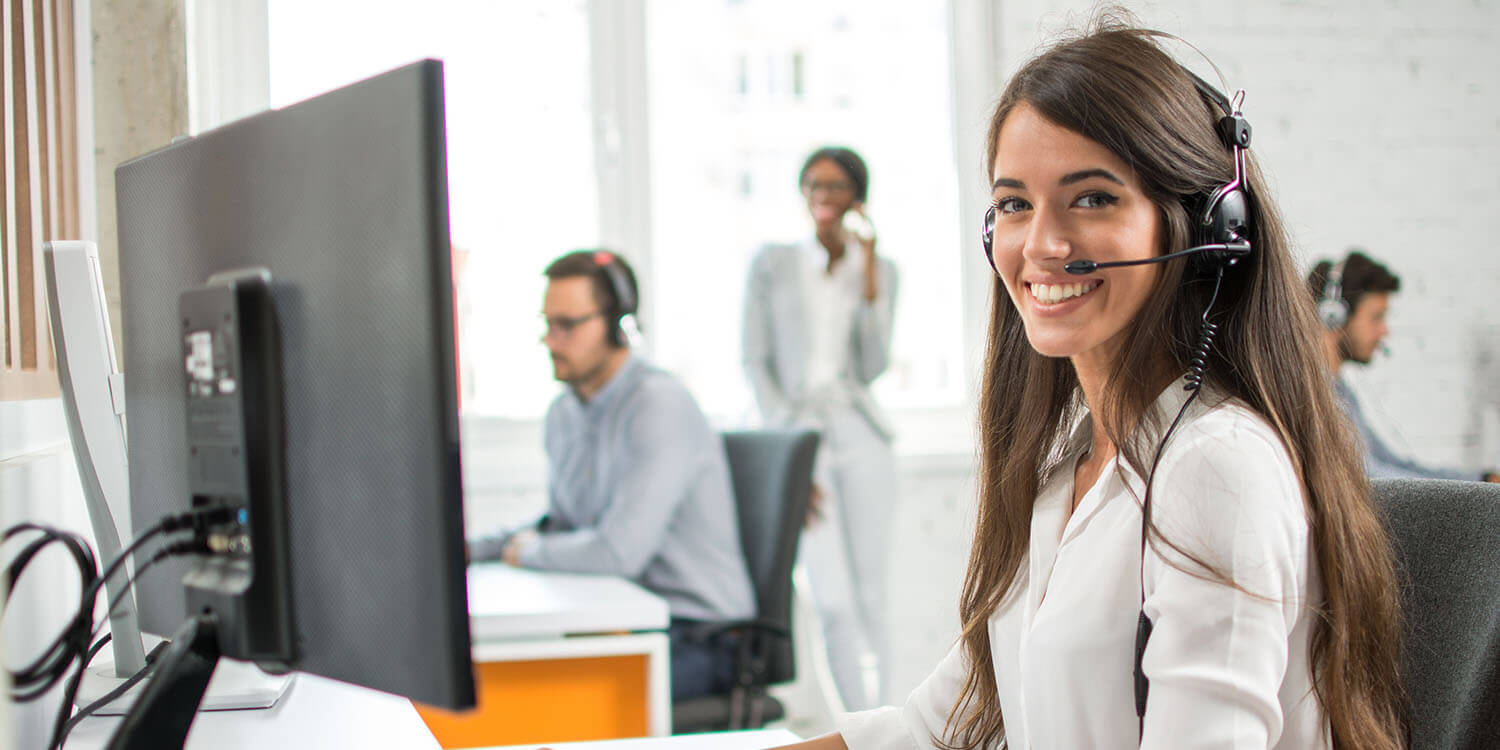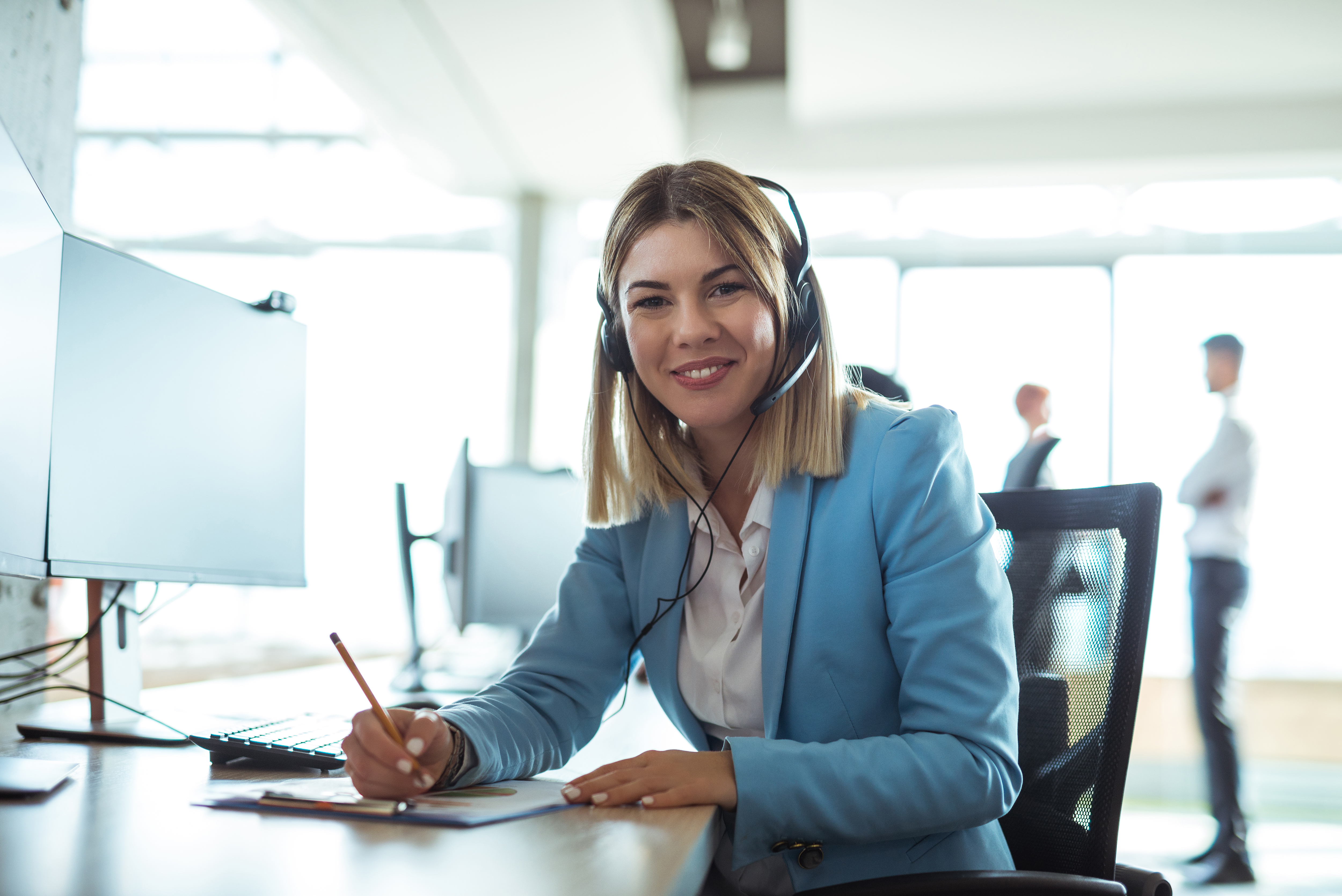All Categories
Featured
Table of Contents
- – Best 24/7 Phone Answering - Au-based Operators ...
- – What Is The Best Answering Services To Buy Now
- – What Are The Best The Best Answering Service F...
- – What Is The Best What Is The Difference Betwe...
- – What Is The Best The Benefits Of Secretarial ...
- – What Are The Best What Is An Answering Servi...
Best 24/7 Phone Answering - Au-based Operators - Alltel Australia Sales Near Me
This device and its followers were created by Sava Jacobson, an electrical engineer with a private consulting company. While early voice mail utilized magnetic tape innovation, many modern devices uses solid state memory storage; some devices use a combination of both, with a solid-state circuit for the outgoing message and a cassette for the incoming messages.
"toll saving" below) (virtual telephone answering). This works if the owner is evaluating calls and does not want to consult with all callers. In any case after going, the calling party ought to be informed about the call having been answered (most of the times this starts the charging), either by some remark of the operator, or by some greeting message of the TAD, or dealt with to non-human callers (e.
This holds particularly for the TADs with digitally kept greeting messages or for earlier machines (before the increase of microcassettes) with an unique limitless loop tape, different from a 2nd cassette, dedicated to recording. There have actually been answer-only devices without any recording capabilities, where the welcoming message needed to inform callers of a state of current unattainability, or e (virtual answering service).
What Is The Best Answering Services To Buy Now

about schedule hours. In tape-recording TADs the welcoming typically includes an invite to leave a message "after the beep". An answering maker that uses a microcassette to record messages On a dual-cassette answerphone, there is an outbound cassette, which after the defined variety of rings plays a pre-recorded message to the caller.

Single-cassette answering makers consist of the outgoing message at the beginning of the tape and incoming messages on the remaining area. They initially play the announcement, then fast-forward to the next offered space for recording, then record the caller's message. If there are numerous previous messages, fast-forwarding through them can cause a considerable hold-up.
This beep is often described in the greeting message, asking for that the caller leave a message "after the beep". TADs with digital storage for the recorded messages do not reveal this delay, naturally. A little may offer a remote control center, whereby the answerphone owner can call the home number and, by going into a code on the remote telephone's keypad, can listen to tape-recorded messages, or delete them, even when far from house.
What Are The Best The Best Answering Service For Clinics Companies?

Thus the maker increases the variety of rings after which it addresses the call (generally by two, leading to four rings), if no unread messages are presently kept, but responses after the set variety of rings (generally two) if there are unread messages. This allows the owner to learn whether there are messages waiting; if there are none, the owner can hang up the phone on the, e.
Some makers likewise permit themselves to be from another location triggered, if they have actually been turned off, by calling and letting the phone ring a certain big number of times (generally 10-15). Some company abandon calls currently after a smaller number of rings, making remote activation difficult. In the early days of Littles an unique transmitter for DTMF tones (dual-tone multi-frequency signalling) was regionally needed for remote control, considering that the previously employed pulse dialling is not apt to convey proper signalling along an active connection, and the dual-tone multi-frequency signalling was executed step-by-step.
Any inbound call is not identifiable with regard to these properties in advance of going "off hook" by the terminal devices. So after going off hook the calls should be changed to appropriate devices and only the voice-type is right away accessible to a human, but perhaps, nevertheless must be routed to a LITTLE BIT (e.
What Is The Best What Is The Difference Between An Answering Service And ... To Buy Right Now
What if I informed you that you do not need to actually select up your gadget when responding to a consumer call? Somebody else will. So convenient, right? Answering telephone call doesn't require somebody to be on the other end of the line. Effective automated phone systems can do the technique simply as effectively as a live agent and sometimes even much better.
An automated answering service or interactive voice action system is a phone system that communicates with callers without a live person on the line - virtual answering service. When business utilize this innovation, clients can get the response to a concern about your organization just by using interactions set up on a pre-programmed call flow.
Although live operators upgrade the client service experience, many calls do not need human interaction. An easy documented message or guidelines on how a consumer can recover a piece of details generally solves a caller's immediate need - virtual answering service. Automated answering services are an easy and reliable method to direct incoming calls to the ideal individual.
What Is The Best The Benefits Of Secretarial And Telephone Answering ... To Have
Notice that when you call a business, either for support or product questions, the very first thing you will hear is a pre-recorded voice welcoming and a series of options like press 1 for customer care, press 2 for questions, and so on. The pre-recorded choices branch out to other choices depending on the consumer's selection.
The phone tree system assists direct callers to the ideal individual or department using the keypad on a mobile phone. In some instances, callers can use their voices. It's worth keeping in mind that auto-attendant alternatives aren't restricted to the 10 numbers on a phone's keypad. Once the caller has selected their very first option, you can create a multi-level auto-attendant that utilizes sub-menus to direct the caller to the best kind of help.
The caller does not have to communicate with a person if the auto-attendant phone system can handle their issue. The automated service can route callers to an employee if they reach a "dead end" and require help from a live agent. It is pricey to work with an operator or executive assistant.
What Are The Best What Is An Answering Service? The Ultimate Guide - Cms
Automated answering services, on the other hand, are considerably less expensive and provide substantial cost savings at an average of $200-$420/month. Even if you do not have actually devoted personnel to deal with call routing and management, an automated answering service improves performance by permitting your group to concentrate on their strengths so they can more effectively invest their time on the phone.
A sales lead routed to customer care is a lost shot. If a consumer who has product concerns reaches the wrong department or receives incomplete answers from well-meaning employees who are less trained to handle a particular kind of question, it can be a reason for disappointment and frustration. An automatic answering system can minimize the variety of misrouted calls, thereby helping your workers make much better use of their phone time while maximizing time in their calendar for other jobs.
With Automated Answering Systems, you can develop a personalized experience for both your personnel and your callers. Make a recording of your main greeting, and just upgrade it routinely to show what is going on in your company. You can produce as lots of departments or menu options as you desire.
Table of Contents
- – Best 24/7 Phone Answering - Au-based Operators ...
- – What Is The Best Answering Services To Buy Now
- – What Are The Best The Best Answering Service F...
- – What Is The Best What Is The Difference Betwe...
- – What Is The Best The Benefits Of Secretarial ...
- – What Are The Best What Is An Answering Servi...
Latest Posts
Efficient Ai Answering System Near Me – Australia
Dependable Custom Phone Answering
Dependable 24/7 Answering Service Near Me ( Adelaide)
More
Latest Posts
Efficient Ai Answering System Near Me – Australia
Dependable Custom Phone Answering
Dependable 24/7 Answering Service Near Me ( Adelaide)